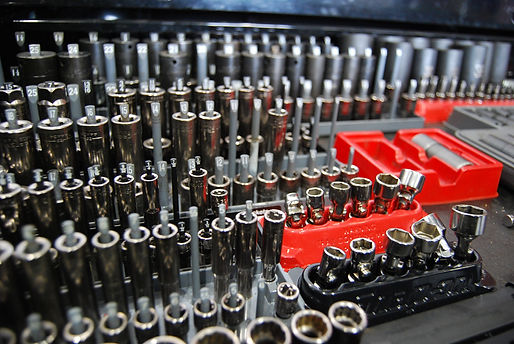
Inside The
Heart of Hydraulics

Reviving Hydraulic Power
Hydraulic cylinders are the workhorses of many machines, converting pressurized fluid into the force that powers everything from heavy equipment to industrial systems. When a hydraulic cylinder fails, it can cause your entire operation to slow down or stop altogether. Understanding the repair process not only helps you get your equipment back in action faster but also ensures long-term reliability.
Repairing a hydraulic cylinder involves carefully diagnosing the issue, which could range from worn seals causing leaks to a damaged piston or rod. Each part of the cylinder has a specific role, and when something isn’t working, it affects the entire system. The goal of repair is to restore the cylinder’s ability to handle pressure efficiently and move smoothly, preventing further strain on your equipment.
From Breakdown To Brilliance
The hydraulic cylinder repair process starts with disassembly and inspection. Technicians carefully open the cylinder to examine key components like seals, rods, pistons, and barrels. Issues such as scoring on the rod, pitting inside the barrel, or worn-out seals are common culprits behind malfunctions. Once the problem is identified, damaged parts are replaced or repaired, and the entire unit is cleaned and reassembled. Finally, the cylinder undergoes rigorous testing to ensure it can withstand operating pressures and perform as expected.
Repairing a hydraulic cylinder isn’t just about fixing a broken part—it’s about restoring the power and efficiency that keep your equipment moving. Whether you’re dealing with a minor leak or a major malfunction, understanding the process empowers you to make informed decisions about maintenance and repair. By taking proper care of your hydraulic cylinders and addressing issues early, you can keep your machinery running smoothly and avoid costly downtime in the future.
.png)













